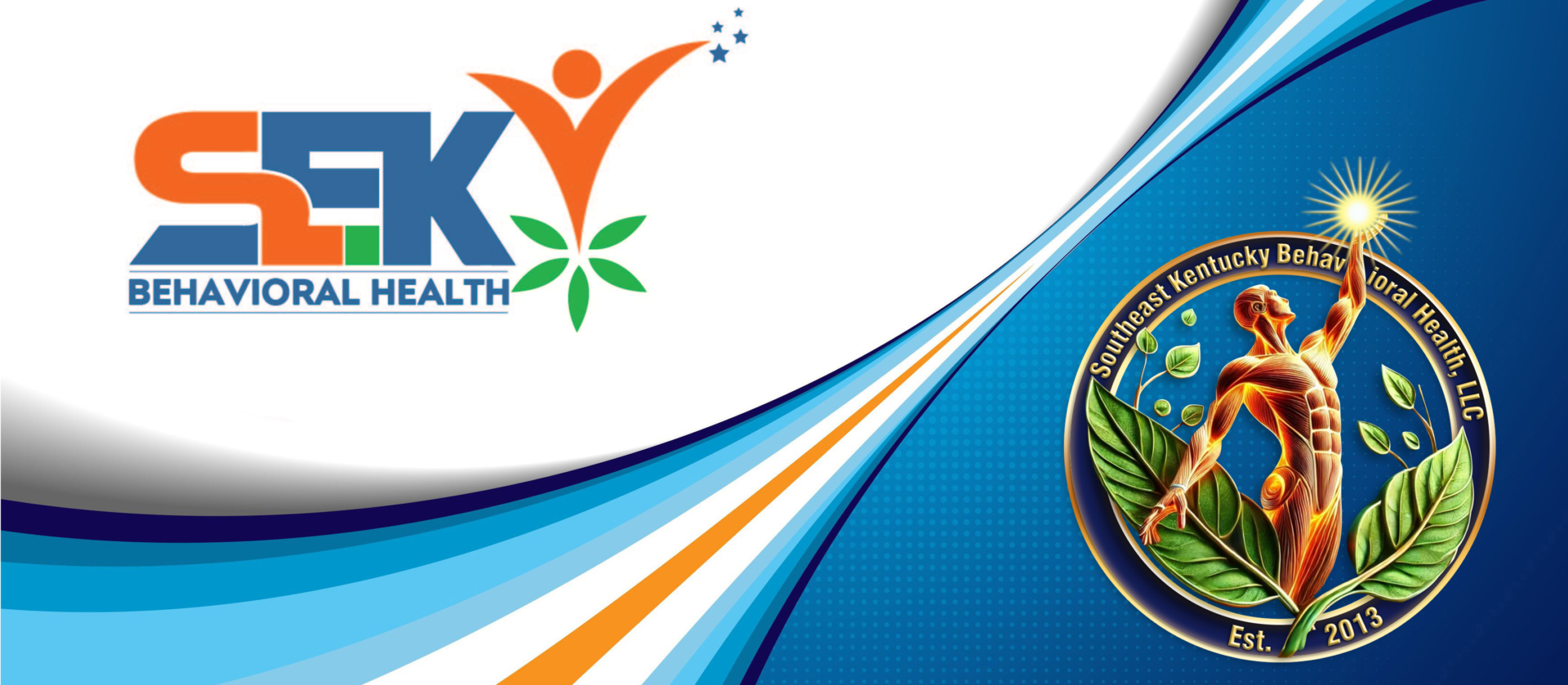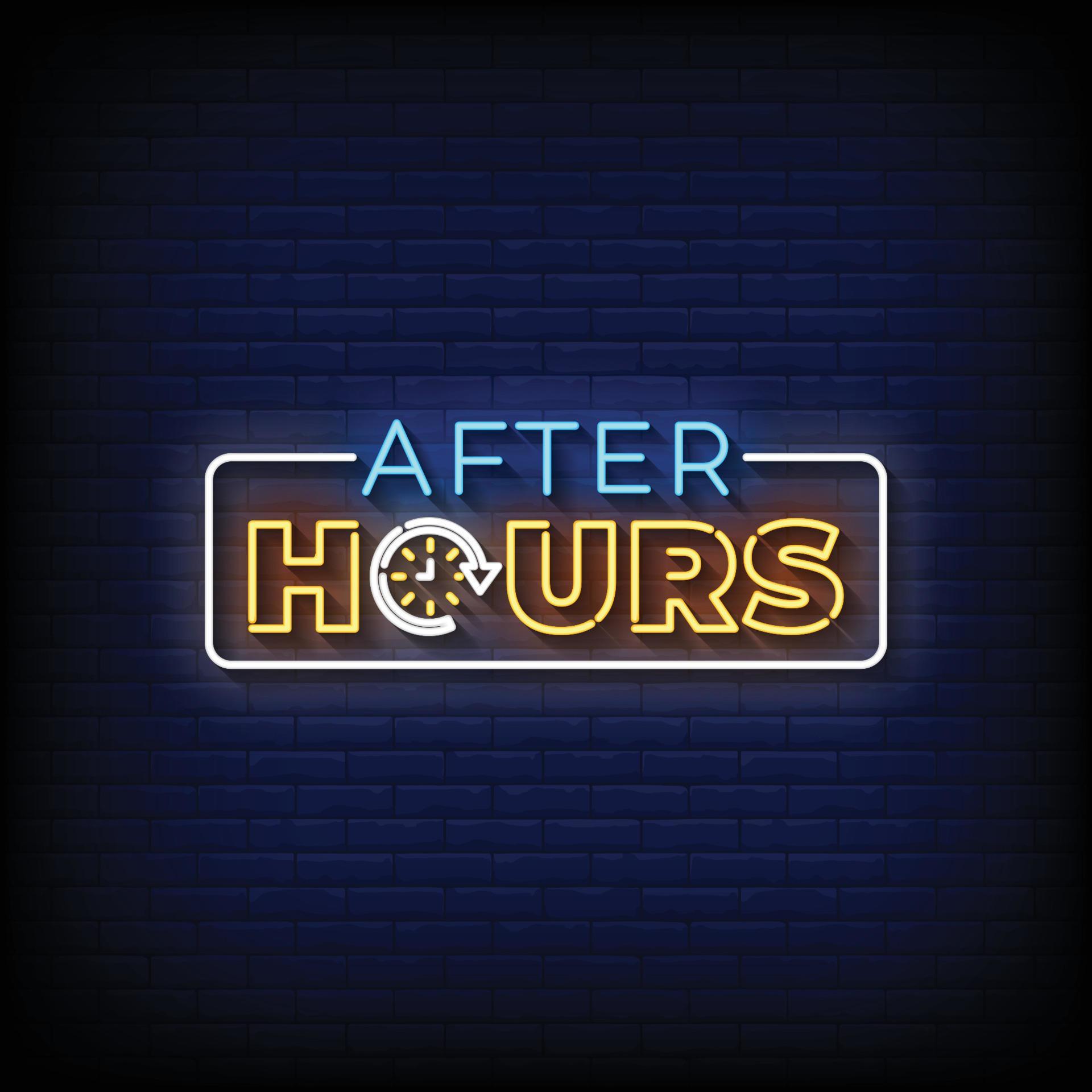Breaking Free: Effective Strategies to Cut Down Screen Time on Phones and Tablets

In today’s digital age, smartphones and tablets have become indispensable tools for communication, work, entertainment, and learning. However, with their constant presence, it’s easy to lose track of time and fall into unhealthy usage patterns. Excessive screen time has been linked to a variety of health issues, including eye strain, poor posture, disrupted sleep patterns, and even mental health problems like anxiety and depression (Firth et al., 2019). Fortunately, there are several strategies to help limit screen time and promote a healthier balance between digital and offline activities.
1. Set Time Limits on Apps
Most smartphones and tablets now offer built-in tools to help users monitor and control their screen time. Both Android and iOS devices have settings where you can set daily time limits for individual apps (Google, 2022). For example, Apple’s “Screen Time” feature allows users to set app limits, and Android users can use “Digital Wellbeing” for similar controls. These features provide reminders when you approach or exceed your preset time limits, helping you stay aware of your usage habits.
Setting limits not only helps you reduce unnecessary app use but also encourages you to be more intentional about how you spend your time. Studies have shown that structured restrictions can effectively help people cut down on screen time and reduce distractions (Lepp et al., 2014).
2. Turn Off Notifications
Constant notifications from apps, social media platforms, and messaging services can significantly increase your screen time. These interruptions prompt you to check your phone repeatedly throughout the day, often leading to extended periods of time spent on devices. A 2016 study found that people check their smartphones on average 150 times a day, largely driven by notifications (Svetlana et al., 2016).
To limit distractions, consider turning off non-essential notifications or using “Do Not Disturb” modes during certain times of the day, such as during work or before bed. This simple step helps reduce the urge to check your phone constantly.
3. Establish Screen-Free Zones
Creating screen-free zones in your home or workspace is another effective strategy to limit phone and tablet use. Designating certain areas, such as the dining room, bedroom, or living room, as “no-phone zones” can help reduce mindless scrolling and promote more face-to-face interactions. Additionally, making your bedroom a screen-free area can help improve sleep quality by preventing blue light exposure before bedtime (Harvard Health Publishing, 2020).
These zones can be particularly helpful in fostering healthier habits by encouraging more in-person communication and mindfulness.
4. Use Digital Detoxes or Screen-Free Days
Another highly effective method is to commit to periodic digital detoxes or screen-free days. This could mean turning off your phone for a set period, such as during weekends or evenings, or even dedicating a full day once a month to disconnecting from all digital devices. Studies have shown that digital detoxes can improve mental health and reduce feelings of stress and anxiety (Przybylski & Weinstein, 2017).
While the idea of a complete digital detox may feel daunting at first, many individuals find that taking breaks from their phones or tablets allows them to reconnect with their surroundings, hobbies, and personal relationships, ultimately leading to improved well-being.
5. Engage in Offline Activities
One of the most effective ways to reduce phone usage is by engaging in offline activities that are enjoyable and fulfilling. Exercise, reading, cooking, or pursuing hobbies like painting or gardening can be great alternatives to spending time on screens. Research suggests that outdoor activities and physical exercise are particularly beneficial for reducing screen time and boosting overall mental and physical health (Biddle & Asare, 2011).
By prioritizing these activities, you naturally reduce the temptation to spend excessive time on your devices.
6. Track Your Screen Time Regularly
Another valuable strategy is tracking your screen time regularly. By reviewing how much time you spend on your phone or tablet each day, you become more aware of your usage patterns. Both iOS and Android devices have built-in tracking features that provide insights into your daily and weekly screen time usage (Google, 2022). You can break it down further by showing which apps you spend the most time on, helping you identify areas where you could make improvements.
Tracking your usage can serve as a reminder to stay conscious of your screen time and make small adjustments, such as reducing the time spent on social media or checking email.
7. Practice Mindfulness and Digital Wellbeing
Finally, adopting mindfulness practices can help you become more aware of your screen usage. Mindfulness involves being fully present in the moment and paying attention to your thoughts, emotions, and surroundings. When it comes to screen time, mindfulness can help you recognize when you’re using your phone or tablet out of habit or boredom rather than necessity.
Apps like “Forest” or “Focus@Will” promote mindfulness by encouraging you to stay off your phone and focus on the task at hand. These apps can help improve concentration and productivity, making it easier to manage time on digital devices (Nielsen et al., 2019).
Reducing time spent on phones and tablets is essential for maintaining both mental and physical health. By implementing strategies such as setting time limits, turning off notifications, creating screen-free zones, engaging in offline activities, and practicing mindfulness, individuals can regain control over their screen time and foster healthier habits. The key to success lies in being intentional with technology use and recognizing when digital interactions start to negatively impact well-being.

This article has been written by John S. Collier, MSW, LCSW-S. Mr. Collier has over 25 years experience in the social work field. He currently serves and the executive Director and outpatient provider through Southeast Kentucky Behavioral Health, LLC based out of London Kentucky. John may be reached by phone (606) 657-0532 or by email at john@sekybh.com.
References
Biddle, S. J. H., & Asare, M. (2011). Physical activity and mental health in children and adolescents: A review of reviews. British Journal of Sports Medicine, 45(11), 883-890. https://doi.org/10.1136/bjsports-2011-090185
Firth, J., et al. (2019). The effects of online social networking on mental health: A systematic review. Cyberpsychology, Behavior, and Social Networking, 22(1), 17-25. https://doi.org/10.1089/cyber.2018.0177
Google. (2022). Digital wellbeing. https://wellbeing.google
Harvard Health Publishing. (2020). Blue light and sleep. Harvard Medical School. https://www.health.harvard.edu
Lepp, A., et al. (2014). The relationship between cell phone use and academic performance. Computers in Human Behavior, 31, 87-92. https://doi.org/10.1016/j.chb.2013.10.050
Nielsen, M. F., et al. (2019). Exploring digital mindfulness: A scoping review of digital interventions promoting mindfulness. Journal of Medical Internet Research, 21(3), e11993. https://doi.org/10.2196/11993
Przybylski, A. K., & Weinstein, N. (2017). Can you connect with me now? How the presence of mobile communication technology influences face-to-face conversation quality. Journal of Social and Personal Relationships, 34(6), 741-758. https://doi.org/10.1177/0265407516637612
Svetlana, G., et al. (2016). Mobile phone dependency and the development of social media addiction. Journal of Behavioral Addictions, 5(4), 706-715. https://doi.org/10.1556/2006.5.2016.084





 Call us today at (606) 657-0532 to book your appointment!
Call us today at (606) 657-0532 to book your appointment! Visit our website at www.sekybh.com for more information.
Visit our website at www.sekybh.com for more information.

